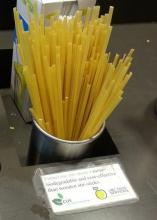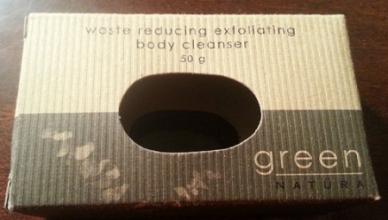Years ago, when I read that corporations and marketers are literally trying to beam in your head with an inundation of ads, I chuckled and thought of it as science fiction.
The novel that I read was Matthew Tobin Anderson’s – a posthumanist ultra-consumerist society, whose citizens’ lives literally depend on advertising and corporate gain to succeed. The “feednet” is literally their lifeline, implemented and overriding the child’s developing brain. The individual is inundated with consumerist and marketing ads en masse in exchange for living. The climax of the novel is (spoilers alert), a girl’s whose resistance to purchasing the services that the corporations and marketers have advertised has result in her “customer profile” being terminated and hence her eventual comatose and life.
When I read this news article, I really thought that it was a satire, or something from The Onion. I hoped that it was a really bad joke that was late to the April Fool’s party. “Passengers were pleasantly surprised”, said a spokesperson. Define “pleasantly” please. I’d definitely be pissed, being waken up from an otherwise pleasant nap on the train if I rested my head on the window, only for an ad for caffeine pills to play in my head.
As someone who is interested in progression and innovation in marketing strategies, shotgun marketing and advertising are medieval, and hence, progressively less in neccessity. This glass technology is using old, medieval marketing strategies in a new medium, which in a sence, is still outdated. The only reason why corporations would still use this as a primary form of marketing is because they cower at change. These corporations should take a page from how casual gaming has revolutionized the commuters of societies. We have QR codes now for us to check out stuff for further information if we so please. Leave the marketing literally out of our heads, or else I’d be joining the group of protesters that have their hammers ready to smash the glass.
Folks that smash the glass may be turned in for destruction of public property. Public property can be replaced, but invasion of private bodies will be scarring to state the least. To put it in an ugly sense, it’s like being raped by big corporations.
Please don’t tell me that corporations are thinking of selling pillows that do the same thing. They are going to name it something benign like “SweetDreams” and when you put your head down on the pillow and snooze, you’ll be treated to hours of advertisements in your sleep. Now that’s a definite nightmare. Corporation moguls, do you always sleep with these ads wriggling into your heads, intruding into your own personal peace? No? I thought so.
“Article Response – Re: Metro Vancouver’s “Marketers beam ads into commuters’ heads” is published on July 10, 2013, which is part of my muses. Read more about Vincent Wong’s work at https://vincentwongwanders.wordpress.com .
The said news article was posted in the Metro Vancouver Paper on page 7, on July 9, 2013.


